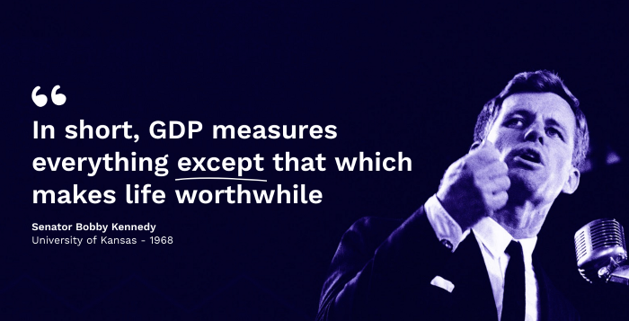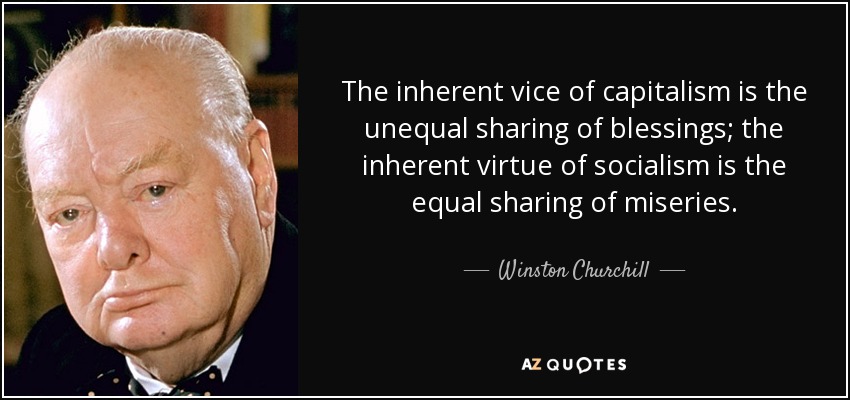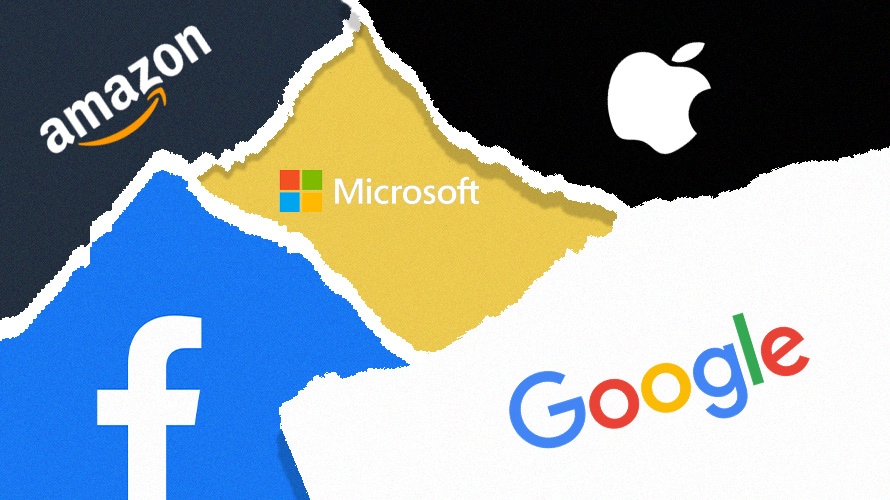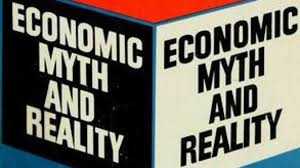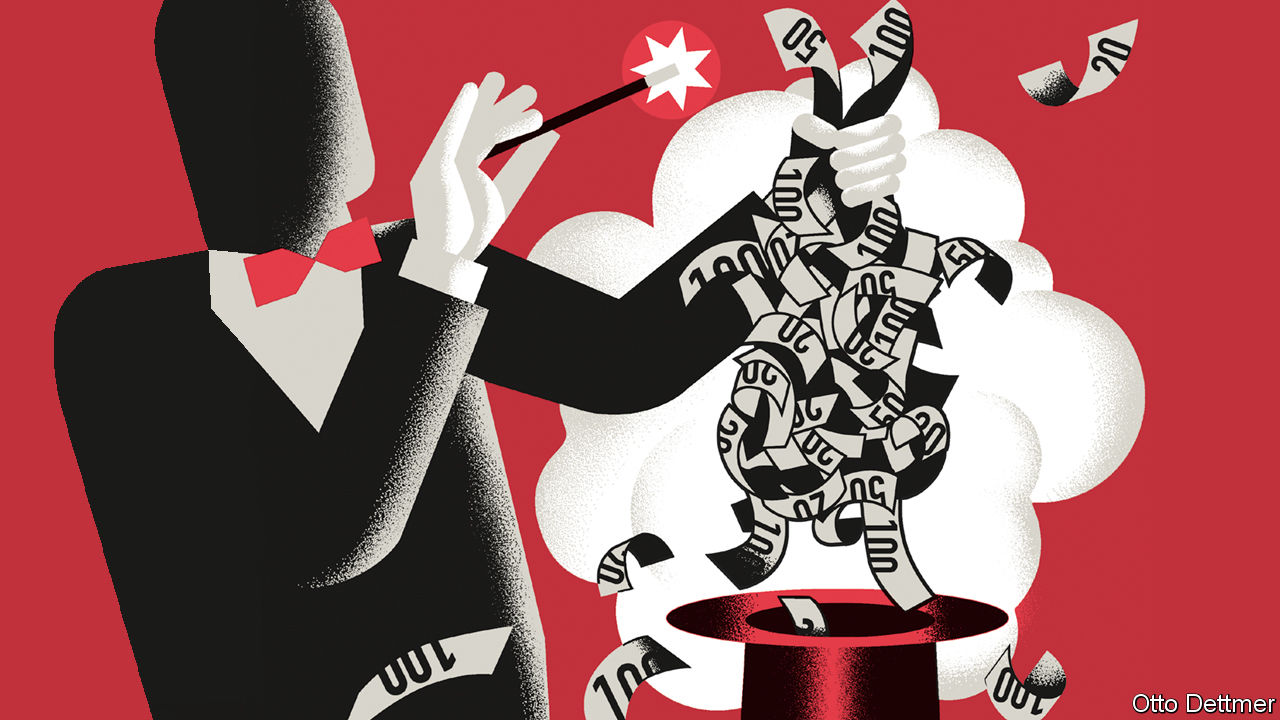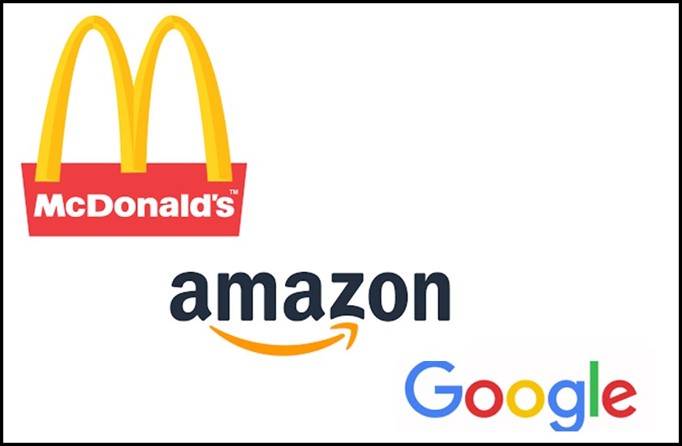
HIDDEN BUSINESS MODELS
In business, things are not always as they seem. Take the ubiquitous McDonald’s – it’s synonymous with burgers and fries, yet it’s actually a real estate company disguised as a fast-food restaurant. Profits from menu sales at the golden arches are overshadowed by the significant bottom-line contribution the global chain receives in rental income from its franchisees.
While customers have been chomping on Big Macs, the brand has been sinking its teeth in to prime land. Globally, 93 per cent of McDonald’s 38,000 stores are operated by franchisees, but the burger titan owns the land and buildings beneath its franchised locations. This is McDonald’s real secret sauce – leveraging fast-food to lease properties to restaurant owners at large markups.
Being able to collect rents as the landlord to its franchisees insulates the McDonald’s Corporation from the ups and downs of the business of flipping burgers. When you break down the company’s multi-billion-dollar earnings, it boils down to real estate. Profit margins on food sales are slim, whereas the return on McDonald’s $38 billion commercial investment portfolio is lucrative.
McDonald’s controls one of the biggest property portfolios in the world. From Times Square in New York to Red Square in Moscow, McDonald’s owns thousands of iconic pieces of real estate around the globe. Each franchisee pays rent in addition to royalties on food sales and this enables McDonald’s to maintain inexpensive menu prices.
McDonald’s 2020 financial report confirms that rent contributes more to the company’s profitability than royalties. Out of the $10.7 billion McDonald’s collected in fees from restaurants in 2020, $6.9 billion came from rent and $3.8 billion was generated from royalty payments. Profit from franchise-operated stores stood at $8.5 billion (as it cost McDonald’s only $2.2 million to run these outlets) whereas company-owned stores recorded a profit of only $1.15 billion (as they are dearer to run).
Another company that makes billions from a seemingly non-core activity is Amazon. When you peel back the layers at the world’s largest online retailer, you discover that Amazon is a major provider of cloud computing services via its subsidiary, Amazon Web Services (AWS). AWS controls around a third of the global cloud market – substantially more than its nearest rival, Microsoft.
Amazon’s business is divided into three segments: North America, International, and AWS. AWS is Amazon’s largest source of operating profits and is growing at a robust pace. The commercially rewarding cloud computing arm supplies over 63 per cent of Amazon’s profits, making it an extremely important part of the Amazon empire.
AWS provides data storage and processing for companies that don’t want the headaches of running their own IT infrastructure. AWS has been very successful in selling its technology services and, as a consequence, has become a cash cow for its parent, Amazon. According to an article in The New York Times, AWS is ubiquitous online.
If you watch Netflix, that’s A.W.S. If you have a meeting on Zoom, there’s a good chance that’s A.W.S., too. If you check Pinterest, that’s A.W.S. If you spend any time scrolling through Twitter, well, A.W.S. provides “global cloud infrastructure to deliver Twitter timelines.” These examples are just a few of the thousands of A.W.S. customers big and small (including The New York Times).
AWS was launched in 2006 with little fanfare as a side business for Amazon and has since morphed into a highly successful enterprise in its own right. Before it was AWS, it was just Amazon’s backend technology. Amazon developed expertise in building state-of-the-art technology infrastructure for itself and ultimately decided to rent those services to other businesses.
Today, AWS provides a low-cost infrastructure platform in the cloud, which is highly reliable and scalable and powers hundreds of thousands of businesses in 190 countries around the world. While Amazon has helped revolutionise the way people shop, AWS has disrupted the technology industry by making computing services accessible through the web.
Like McDonald’s and Amazon, Google is another behemoth that, at first appearance, deceives many. While it has always portrayed itself as a tech company, its main business line is online advertising. Even so, most people understandably believe that Google is a web search engine which provides free access to searches, Gmail, Google maps, and other online tools.
Of course, all of these complimentary services must somehow be paid for and that’s where advertising enters the equation. The bulk of Google’s multi-billion-dollar revenue is generated from its proprietary advertising service, Google Ads. Google makes money by selling ad space with its search results – and it processes a staggering amount of search requests.
Roughly half of the world’s population, or 3.8 billion people, use the Internet every day. Most users rely on Google to carry out their daily searches, making Google the most visited website in the world. It is estimated that in 2021, 5.5 billion searches were undertaken per day using Google – this equates to a mind-boggling 63,600 searches every second.
Each search provides an opportunity for Google to display ads and make money. You see those ads each time you search on Google – they are displayed alongside the search results. The ads are paid for by advertisers on a pay-per-click (PPC) basis. If you do not click on a link, Google does not make any money directly from your search.
Advertisers submit ads to Google which include a list of keywords relating to a product, service, or business. The price for a particular keyword or keywords depends upon the competition among advertisers for that/those word/s. Google uses an auction system, so the company which outbids other competitors wins the right to use the relevant word/s.
Google could not attract advertisers without readers – and it needs lots of them. The more readers it attracts, the more interest that is generated from advertisers. Google lures in users, collects their data, and then sells access to eager advertisers across the planet. The more Google knows about an individual, the better it can target ads, and the more it can charge for ad space.
Demand for Google’s services surged in 2021 as the pandemic forced people to spend more time online. This was a financial bonanza for Google and its parent company, Alphabet. By the numbers, Google is an ad company, and it is getting bigger all the time.
■ ■ ■
The outstanding success of McDonald’s, Amazon, and Google is testament to what corporate strategists have long known – businesses should focus on what they do best. Corporations that concentrate on a few core businesses, based on their core competencies, invariably do better than those that try to be all things to all people.
History shows that when most companies diversify in to new markets, their profitability is diluted, and acquisitions are subsequently unwound. They quickly discover that they do not have the experience and capabilities needed to expand beyond their core business. So, the challenge is to find “business adjacencies” in adjacent markets.
Adjacency is about identifying new markets that intersect with what a business already does. It is a strategy where a business leverages something they are good at to develop a new product or service in a related market. No technology company exemplifies adjacent innovation better than Amazon. As one technology strategist noted in an online article:
While Amazon.com was becoming a retail juggernaut, Amazon’s technical teams were optimising internal cloud operations and building a world-class technology infrastructure to serve their own retail business. In 2006 Amazon launched Amazon Web Services (AWS) – yet another adjacent business – for cloud-computing services that has evolved into an enormously profitable product on its own.
It’s been said that Google’s core competency is matchmaking – pairing Internet surfers with advertisers and taking a cut along the way. As the digital world continues to evolve, Google has taken a multi-pronged approach to maintaining its dominance in the search and ad business. Search continues to migrate across mediums with users increasingly moving from desktop to mobile devices. As outlined in a research report:
To maintain its foothold and protect its main source of revenue, Alphabet (Google’s parent company) is positioning itself to dominate adjacent sectors – such as digital commerce, branded hardware products, and content – and attempting to integrate its services into every aspect of the digital user experience.
McDonald’s also utilised an adjacent innovation strategy with the introduction of the McCafé in 1996. This enabled the chain to move beyond burgers into premium coffee – competing directly with Starbucks. McCafé coffee outlets act as an adjacent or related product to McDonald’s main menu. McCafé is based on the company’s core competency of standardisation – every coffee has precisely the same taste and texture.
■ ■ ■
McDonald’s, Amazon, and Google prove that masquerading as one thing but doing another can be very profitable. All three have followed the same broad playbook to gain market share and cultivate a world-beating brand. Their hidden business models are profit machines which have made them juggernauts.
It pays not to be a one-trick pony.
Regards
Paul J. Thomas
Chief Executive Officer
Ductus Consulting


